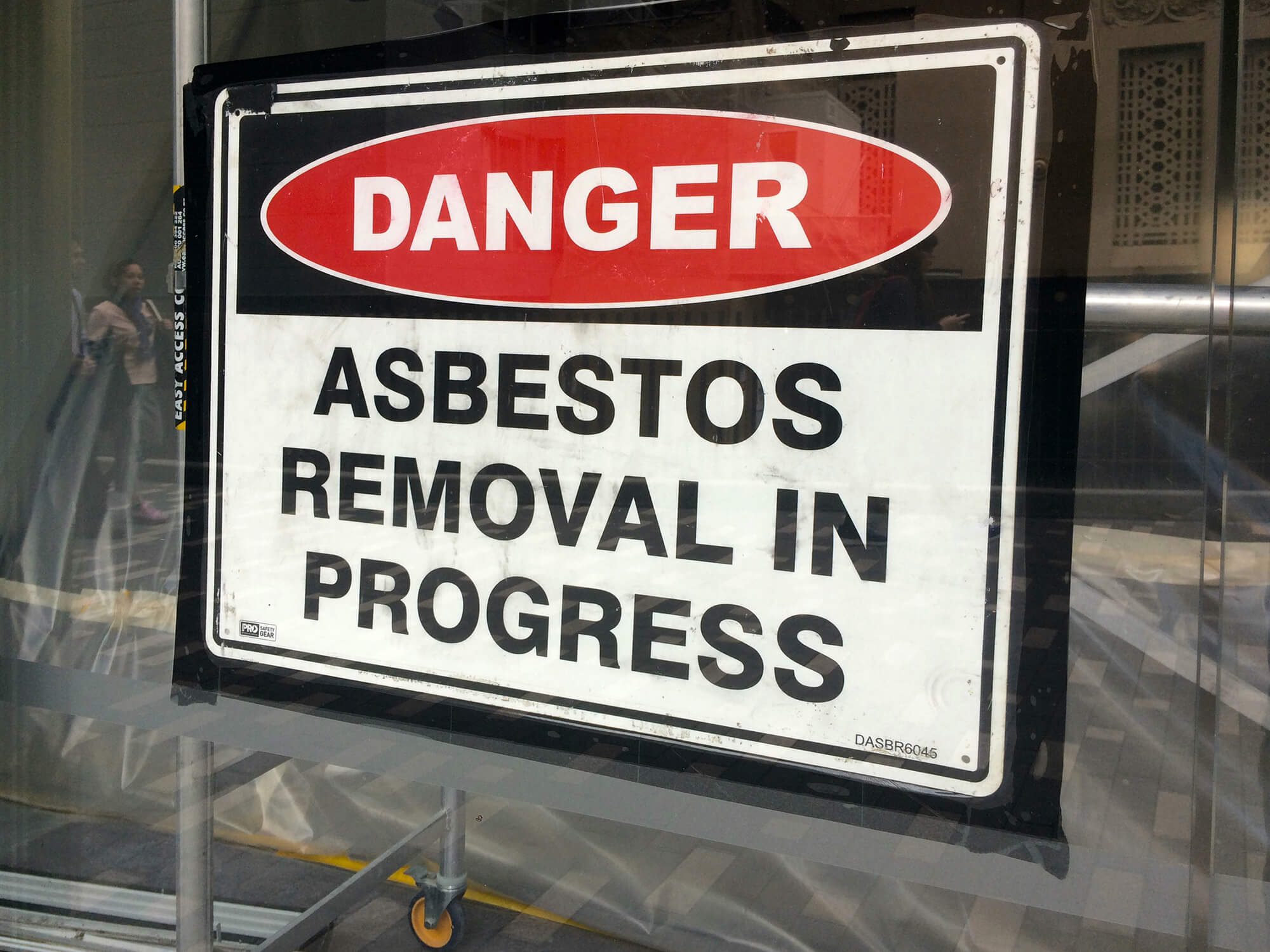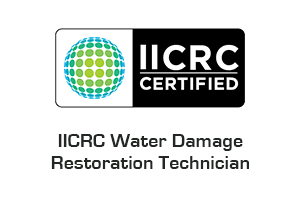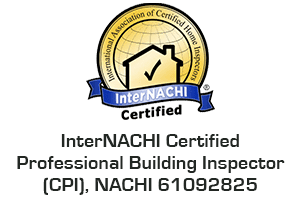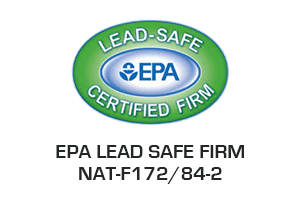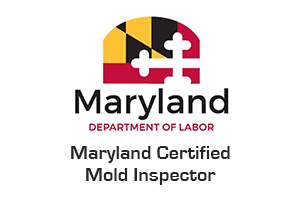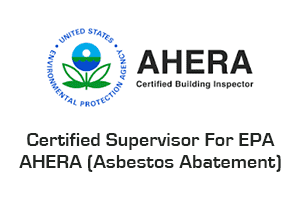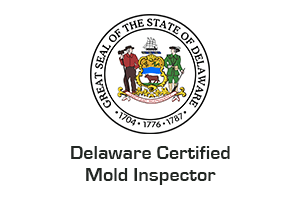We Recommend An Asbestos Inspector Assesses Your Home
If your home was built before the 1980s, there is a possibility that it contains asbestos in certain building materials. Asbestos can be found in insulation, roofing shingles, floor tiles, and some types of adhesives. If the asbestos-containing materials are undisturbed and in good condition, they are unlikely to release fibers into the air. This poses a risk to your family’s health. Therefore, we recommend that a professional asbestos inspector assesses your home’s risk and potential exposure. Please take appropriate measures to remove or contain any hazardous materials.
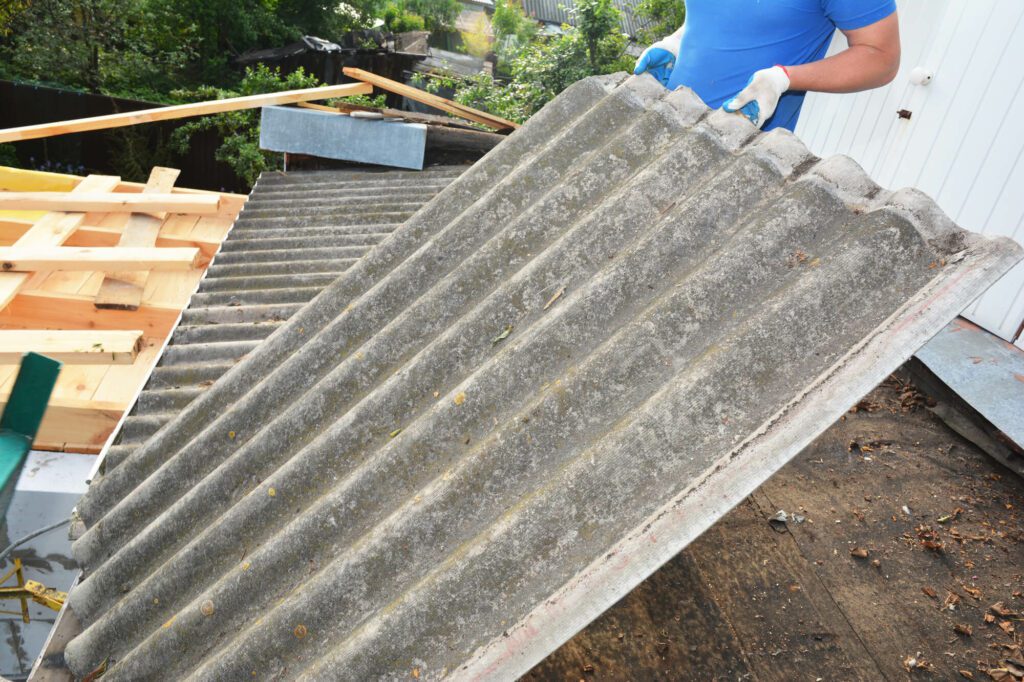
What is the history behind asbestos?
Asbestos has a long and complex history, dating back to ancient times. The Greeks and Romans used asbestos for various purposes, including textiles, clothing, and insulation. It wasn’t until the late 1800s that asbestos became widely used in industrial and commercial applications. The use of asbestos in construction and manufacturing grew rapidly during the early 20th century. Asbestos has desirable properties such as durability, heat resistance, and insulation. As a result, asbestos was used in a wide range of products, including insulation, roofing materials, automotive parts, electrical equipment, and many more.
Building Inspections In Delaware
Older Buildings Still Contain Asbestos
In the mid-20th century, concerns about the health effects of asbestos exposure began to emerge. Studies linked asbestos exposure to a number of serious illnesses, including lung cancer, mesothelioma, and asbestosis. Despite this, the use of asbestos continued to be widespread, and it wasn’t until the 1970s that regulations were put in place to limit its use.
Today, asbestos is banned or severely restricted in many countries, including the United States. However, many older buildings and products still contain asbestos, and the risk of exposure remains a concern. It is especially dangerous for workers in certain industries such as construction and demolition.
How Can Someone Get Tested For Asbestos Poisoning?
Speaking with a healthcare professional is important if you believe you have been exposed to asbestos and are concerned about potential health effects. However, please note that there is no definitive test for asbestos poisoning. Diagnosis typically involves a combination of medical tests, imaging studies, and a detailed medical history. For example, your doctor may begin by performing a physical exam and taking a detailed medical history, including information about your past asbestos exposure. They may also order imaging tests, such as chest X-rays or CT scans, to look for signs of lung damage or other asbestos-related illnesses.
If You Feel You’ve Been Exposed To Asbestos, Seek A Healthcare Professional ASAP
If your doctor suspects you have an asbestos-related illness, they may recommend additional tests, such as pulmonary function tests or a biopsy. Pulmonary function tests measure how well your lungs work, while a biopsy involves taking a small sample of lung tissue for further testing. If you are concerned about potential asbestos exposure, seeking medical attention as soon as possible is vital. Early diagnosis and treatment can help to manage symptoms and improve outcomes.
Building Inspections In Maryland
How To Get Rid Of Asbestos In Your Home Or Business?
Removing asbestos from a home or business is a complex and potentially dangerous process. It should only be attempted by trained professionals with the proper equipment and training. Here are some general steps that may be involved in the asbestos removal process:
- Asbestos Inspection: Before any work can begin, have an asbestos inspection performed by a certified asbestos inspector. This inspection will identify the building’s type and extent of asbestos-containing materials.
- Asbestos Abatement Plan: A plan for asbestos abatement will be developed based on the inspection results. This plan will outline the steps that will be taken to safely remove or encapsulate the asbestos-containing materials.
- Asbestos Removal: During the asbestos removal process, trained professionals will use specialized equipment and procedures to remove the asbestos-containing materials safely. This may involve sealing off the work area, using negative air pressure to prevent the spread of asbestos fibers. It also involves using personal protective equipment to minimize the risk of exposure.
- Disposal: Asbestos-containing materials must get disposed of in accordance with local regulations. This may involve transporting the materials to a designated hazardous waste disposal facility.
- Final Inspection: After the asbestos removal is complete, a final inspection is performed to ensure that all asbestos-containing materials have been safely removed or encapsulated.
The specific steps involved in the asbestos removal process will depend on the type and extent of the asbestos-containing materials present in the building. Therefore, hiring trained professionals with experience in asbestos abatement is essential to ensure the process gets done safely and effectively.
What Is A Certified Supervisor For EPA AHERA (Asbestos Abatement)?
A Certified Supervisor for EPA AHERA (Asbestos Abatement) is a professional who has completed a training course approved by the Environmental Protection Agency (EPA) and is certified to oversee asbestos abatement projects in schools, public buildings, and commercial and residential buildings. The Asbestos Hazard Emergency Response Act (AHERA) requires that all schools and public buildings have a management plan in place for asbestos-containing materials. The plan must be implemented by a certified supervisor responsible for overseeing all asbestos-related work, including inspections, abatement, and disposal.
Home Inspections by Delmarva Building Inspections
Your Certified Professional Will Help Protect The Health And Safety Of All Home And Building Occupants
To become a certified supervisor for EPA AHERA, a person must complete a training course that covers a range of topics, including asbestos identification and testing, health effects of asbestos exposure, and proper asbestos abatement procedures. The course includes both classroom instruction and hands-on training, and upon successful completion, the individual receives their certification. Certified supervisors for EPA AHERA play an important role in ensuring that asbestos-containing materials are safely identified and managed and that asbestos abatement work is conducted in accordance with all relevant regulations and guidelines. Therefore, hiring a certified supervisor for asbestos abatement projects is essential to protecting the health and safety of workers and building occupants.



